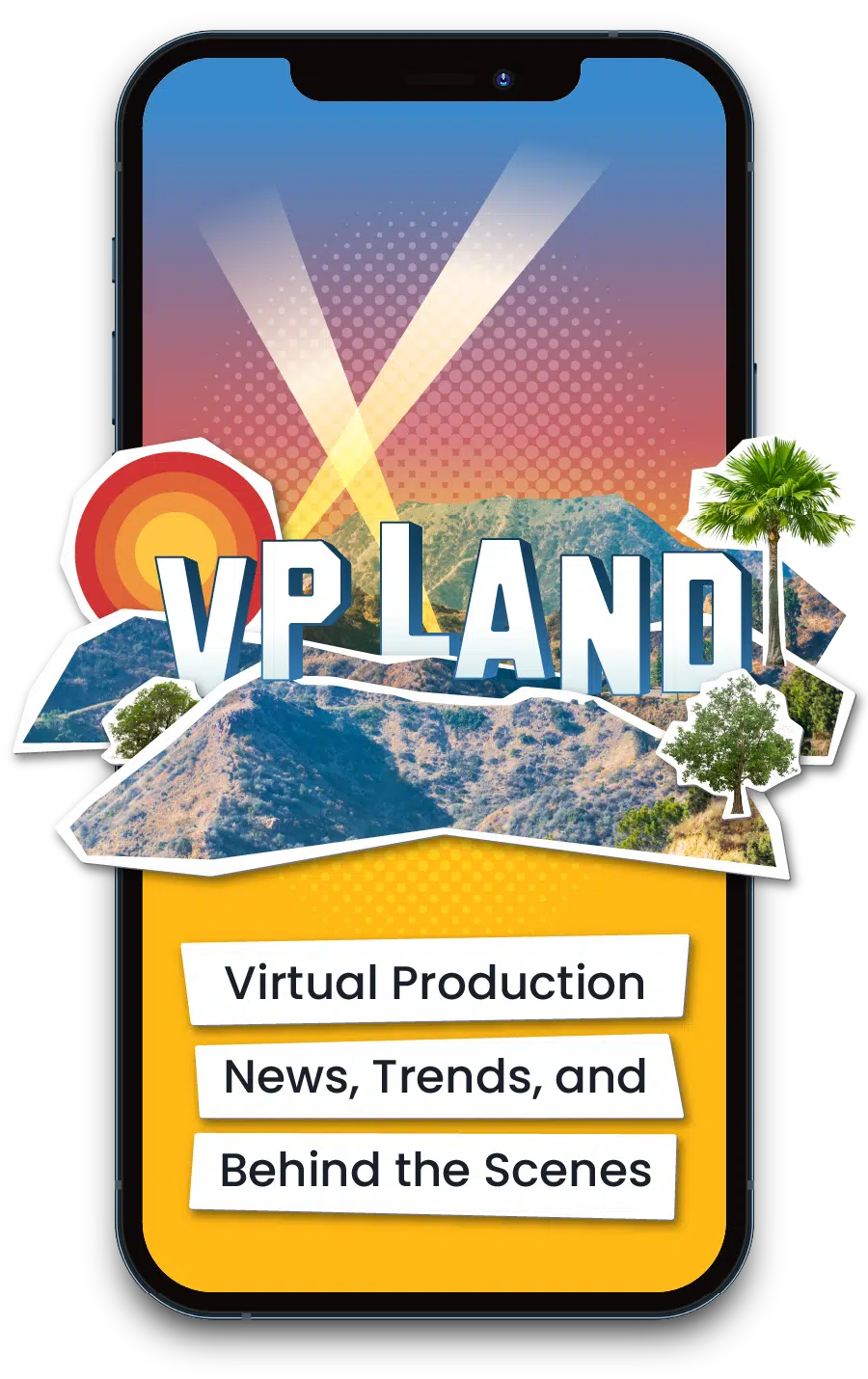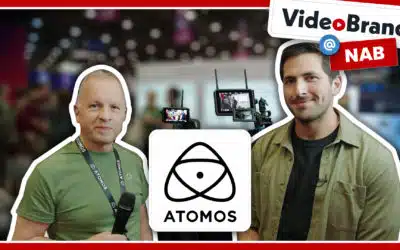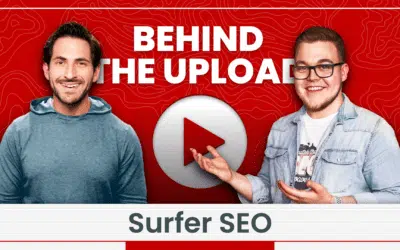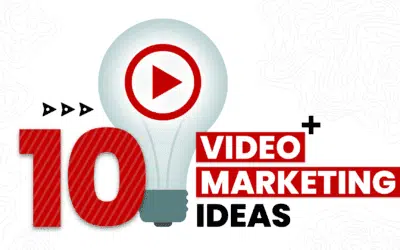A few weeks ago I wrote about all the press Dolphin Lover was receiving (which for a quick backstory is a short documentary Kareem Tabsch and I made that premiered at the Slamdance Film Festival). The pinnacle was getting an entire riff on @midnight and Mazel of the Day from Andy Cohen.
But the buzz has slowed down, so here’s a look at the things Kareem and I learned, what could be done better, and how we totally messed up so you don’t have to make the same mistakes we did.
But first a preface. The doc obviously has a sensational logline ripe for tabloids – man has sexual love affair with dolphin. While the film is an unbiased look at Malcolm’s experience and zoophilia, it’s easy for the sensational aspect of it to get carried away, which is definitely what drove both the press and negative comments it received. It’s also a polarizing subject (another plus for virality) – Kareem and I couldn’t even get a publicist to take on the project (which obviously was unnecessary in the end).
So while the subject matter definitely stirred up the press, these are takeaways I’ll still be using on future projects.
Use YouTube
I first put the trailer up on Vimeo because Vimeo is for Cinema with a capital ‘C.’ While Vimeo is a great, clean player with excellent quality, it’s terrible for audience building. I realized this about 30,000 views in when I knew we had to switch gears to capture some of the traffic we were getting, both for future Dolphin Lover videos and to cross-promote other projects.
So I uploaded the trailer to YouTube (but forgot one crucial thing that I’ll mention later), swapped out the hosted trailer on the site, and pushed blogs to use the YouTube embed. It worked. Channel subscribes shot up from about 100 to nearly 1600. Thanks to annotations, when I posted new clips from the film, they got about 200k views combined (all the Dolphin media has gotten about 600k views).
Another thing I learned that YouTube added – you can now link directly to your website with annotations, as long as you get it authenticated with Google Webmaster Tools. You can put all the links and info you want in the description – no one is going to share that when they embed the film. It needs to all be self contained (more below). Annotations are key.
Another draw for switching players was monetization. I realized this could possibly be the only money we see from this project, so better capitalize on it while we can. I’d also been curious how much YouTube ad revenue will bring in. So what was the tally for over half a million views? About $200. Dinner’s on YouTube!
Point the traffic somewhere that brings in money
As traffic to the trailer and website shot up, there was somewhat of an end goal of where to funnel it – YouTube and newsletter subscribes. These were both successful in increasing numbers but they don’t guarantee revenue down the road.
Ideally we would have been set up with a distributor and had pre-sale links ready on YouTube, iTunes, and other VOD platforms. But if we couldn’t even hire a publicist it wasn’t like a distributor was going to talk to us. That was the point of Slamdance, to attract attention. So by the time the film started to take off and we were talking to sales agents, getting on VOD right away wasn’t an option because they require a few weeks lead time.
However we could have done our own pre-sales with VHX and captured the people that were really, really interested in seeing the film. Now we’ll have to hope they come back and buy or watch once the film is out.
Every piece of media associated with the project needs to stand on its own
Expect everything to be stolen, nothing to get linked to, and the film’s title changed to something else. Because it will happen.
WTFark was the first video to hit the web making fun of the trailer, but I realized that they’re talking about the film and using clips from the trailer but not linking to anything. Every frame of the trailer needs to promote the film. So I watermarked the hashtag I’d been using and the URL in the corners of the trailer. I was able to swap out the Vimeo file because they let you do that, however this was after I had already uploaded to YouTube and I couldn’t switch out that file. But all future video clips had the watermark bugs in the corners. The strategy worked – RT never cited a website but the clip they showed had it all over it:
Though it would have been nice if I could have gotten the URL out on @Midnight.
Now there were other times that were just frustrating in the lack of source attribution and I don’t see anything that could’ve been done about it except publicly vent. Some examples:
One of the most popular tweets about the film links to absolutely nothing
A 63-year-old Florida man claims a dolphin seduced him into a year long relationship. pic.twitter.com/WXuBL1oJc8
— What The F*** Facts (@WhatTheFFacts) February 3, 2015
World Star Hip Hop totally ripped one of the clips (luckily watermarked) and hosted it on their own player. If their stats are to be believed, it has over 200k views and 16k comments. Would those 200k views have translated over to YouTube? Probably not. But still, WTF.
The UK’s The Mirror went a step further and pulled short excerpts I had posted on my Instagram, stitched them together, and put it on their own player as a Mirror exclusive.
While I’m thrilled to have a project on the always entertaining and extremely popular Florida Man Twitter, they tweeted one of the worst articles that links to absolutely nothing and has no videos.
Florida Man Says Dolphin "Seduced" Him Into Having Sex | http://t.co/Mw9KdhBAvh
— Florida Man (@_FloridaMan) February 2, 2015
Bottom line – every video, poster, picture should be able to stand on its own and not hope that a blog will link back or even mention the project’s name.
Think Internationally
There was no international strategy. When I noticed a Spanish blog picked up the story and was driving a lot of traffic, I had Kareem (who’s half Cuban) write out Spanish subtitles and I put them in the video. This should have been done from the start for all the videos.
A popular Hungarian site also picked up the story and Hungary became the third largest source of traffic (after US and UK). But sadly I don’t have any Hungarian friends so there’s no translation.
Websites are responsive
I was pretty aggressive in reaching out to websites and writers via contact forms and Twitter to correct links, spellings, and quotes, and surprisingly they were pretty responsive. While most of the websites are copying and pasting from a handful of sources, they’re still open to corrections, tweaking the story, and swapping out videos.
One more thought and I still don’t know where I land on this – I decided not to make a project specific Twitter or Facebook page. For Twitter I used the hashtag #DolphinLover and my own account and for Facebook I used the Coffee & Celluloid page. I’ve had project specific accounts in the past, and I’d probably still do it for a feature, but for a short I see the account getting some action but then things will slow down, it’ll get dormant, you stop posting, and now you’ve lost all those follows you gained.
My thought is it’s better to use these projects to build up an audience for a larger brand, say a filmmaker or production company. With each new film there’s a bigger platform to launch on. Content stays fresh and the audience stays engaged.
I’m sure there’s some other lessons learned but these are the main highlights. Open to thoughts on this or other things we could have done differently.




